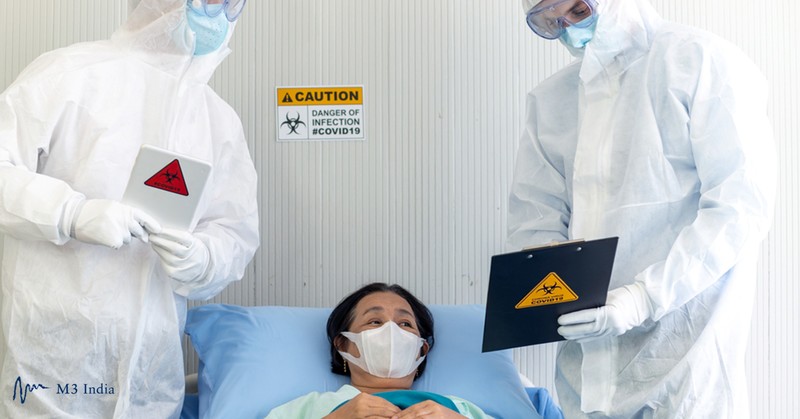A new research study provides possible explanations for COVID-19 patients who present with extremely low, otherwise life-threatening levels of oxygen, but no signs of dyspnea (difficulty breathing). This new understanding of the condition, known as silent hypoxemia or “happy hypoxia,” could prevent unnecessary intubation and ventilation in patients during the current and expected second wave of coronavirus.
For our comprehensive coverage and latest updates on COVID-19 click here.

The condition “is especially bewildering to physicians as it defies basic biology,” said Martin J. Tobin, MD, Loyola Medicine and Edward J. Hines Jr. VA Hospital pulmonologist and critical care specialist, and professor, Loyola University Chicago Stritch School of Medicine. Dr. Tobin is lead author of the study, “Why COVID-19 Silent Hypoxemia is Baffling to Physicians,” appearing recently in the online American Journal of Respiratory and Critical Care Medicine.
“In some instances, the patient is comfortable and using a phone at a point when the physician is about to insert a breathing (endotracheal) tube and connect the patient to a mechanical ventilator,” said Dr. Tobin, “which while potentially lifesaving carries its own set of risks.”
